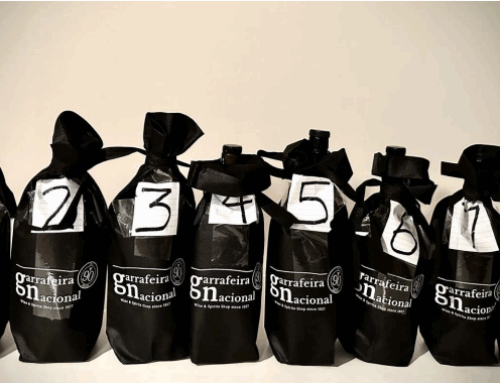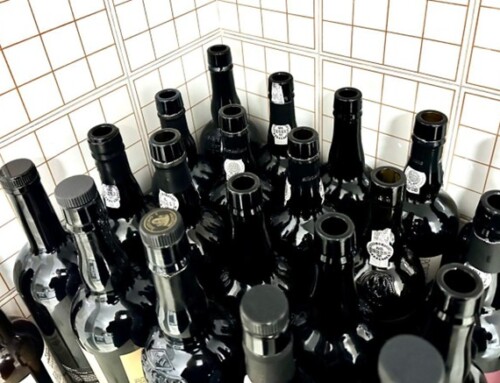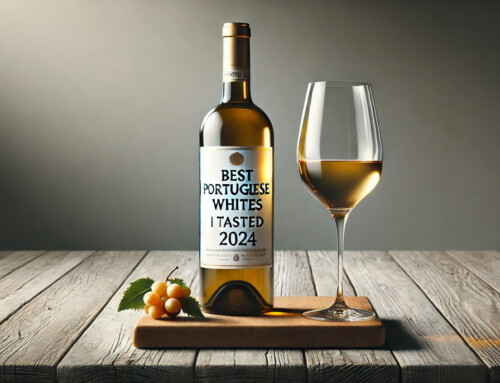Some traditions die hard and the same goes for preconceived notions. Port is arguably as traditional a wine as any on the face of the planet. Nonetheless, fairly or not, in many circles Port remains stuck in the 19th or 20th centuries … or at least the perception of its character does. So it is time to remove the shackles once and for all and embrace natural progression.
First we must have a look at the anachronistic reputation of Port and the image it portrays for some wine enthusiasts. ‘Port is consumed in smoke-filled leather clad club rooms by old English gentlemen, always after dinner and absent their women who are excluded from sharing in this privileged drink of the well-to-do.’ As ridiculous as many of us find this picture; unfortunately it remains the prevailing view of the unenlightened.
Often times this inaccurate depiction is fostered in the new media by “writers” who rarely bother to learn more about Port than reading a few pages of an article or chapter in a book written decades or centuries ago, before spreading their misinformation -- or worse -- conjuring up those hackneyed images in their work.
Influence can be dangerous, especially when it comes to reporting “news” or so called “facts” and it is no different with Port wine. Time and again, I am left shaking my head after reading factually flawed magazine articles, online blogs or commentary by wine generalists attempting to discuss Port. A little bit of fact checking could easily be the panacea, but requires time and effort and some writers just don’t want to be bothered. In today’s world of information-spewing from their couches, airplanes and mobile devices, it often times appears to be more essential to meet a deadline, than to accurately relay a story on Port (not to mention, wine in general).
It is not news that Port producers are struggling to rebuild market share for their time-honored drink in today’s competitive environment. Tougher drunk driving laws, a stagnant global economy, greater awareness of wine’s alcohol levels and BAC, and the aforementioned old perceptions; have all hampered Port sales for the majority of the past decade. At the same time a traditional industry has sought to reach new and younger consumers in a variety of progressive ways.
Port pairing was once limited to chocolate, walnuts, Stilton cheese, cigars and a variety of desserts. But that was your grandfather’s Port. Necessity is the mother of invention and the shippers have begun to aggressively market their wares and link Ports to today’s consumer. No longer is Port solely relegated to the end of a meal. New categories like Aged White Ports and Rosé Ports are changing the landscape and it is not uncommon to find Port mixed in unique cocktail concoctions, served as an aperitif or even as part of the meal itself. I’ve observed dozens of new recipes developed over the past couple of years, emanating from the Port producers who work with esteemed chefs to innovate delicious dishes that work well with Vinho do Porto.
Now is the time to look at Port differently, even if at first blush the solutions might seem rather avant-garde. My friend Andy Velebil has occasionally held Port ‘n pizza parties for his friends and others who are budding young Port enthusiasts, with great success. Pairings have gone wild, serving glasses of Port with game such as lamb, boar, bear and elk as well as grilled steaks, Port is no longer just used to marinate those meats. But why not try a 10 or 20 year old Tawny to complement certain seafood preparations, or an off-dry White Port in conjunction with Thai or other Asian fare, or Greek food to name just two ethnic options. Is that going too far afield? I think not.
Port and the Port trade have successfully braved many a difficult obstacle over the centuries. Today’s challenges are obviously different, but in order to gain further significance during the course of this new decade, creativity must spawn dynamic ideas, some of which have never been tried before. One not so new suggestion, is to further promote Port “lifestyle experiences” that could be part of our current culture, rather than focusing on food pairings.
Advertisements depicting photos of Port, an ashtray with a cigar or Stilton and nuts is so, well, 1970’s. Why not show a pair of young couples sipping Port slope side after skiing? Given the importance of social media, how about a bottle of Port and a half filled glass next to a computer with Facebook on the screen? A group of twenty-somethings sitting at their mountaintop campsite with a bottle of Port being passed around sans glasses? How about featuring images of different ethnic groups sipping Port, which I’ve rarely if ever seen appear in wine advertising, (a largely untapped and growing demographic)? Or a group of young men and women watching a sporting event like FIFA football, with a glass of Port in hand, instead of beer, (may be the case in Europe, but why not in No. America)?
Don’t wait! Now is the time to replace the nostalgic images and perceptions of Port and bring it full circle, into the 21st century!






Leave A Comment
You must be logged in to post a comment.